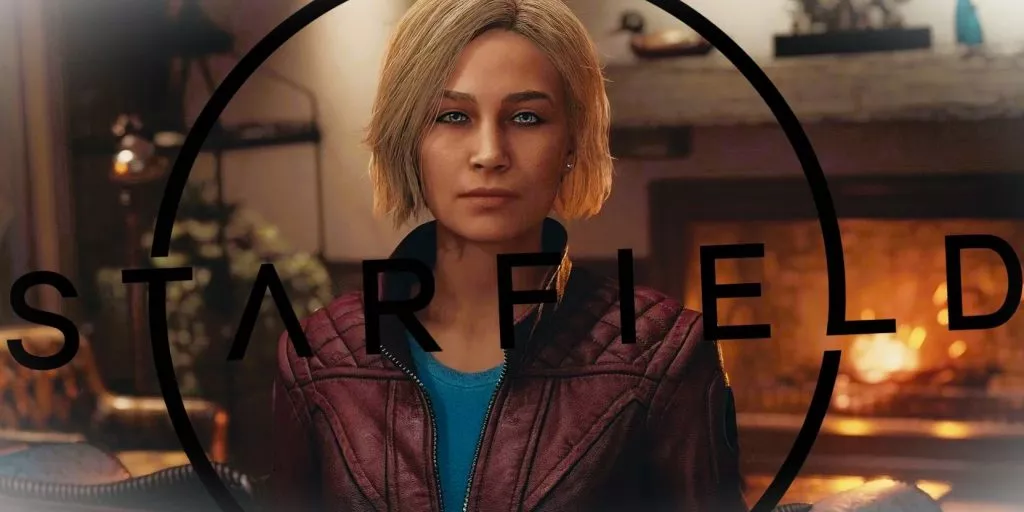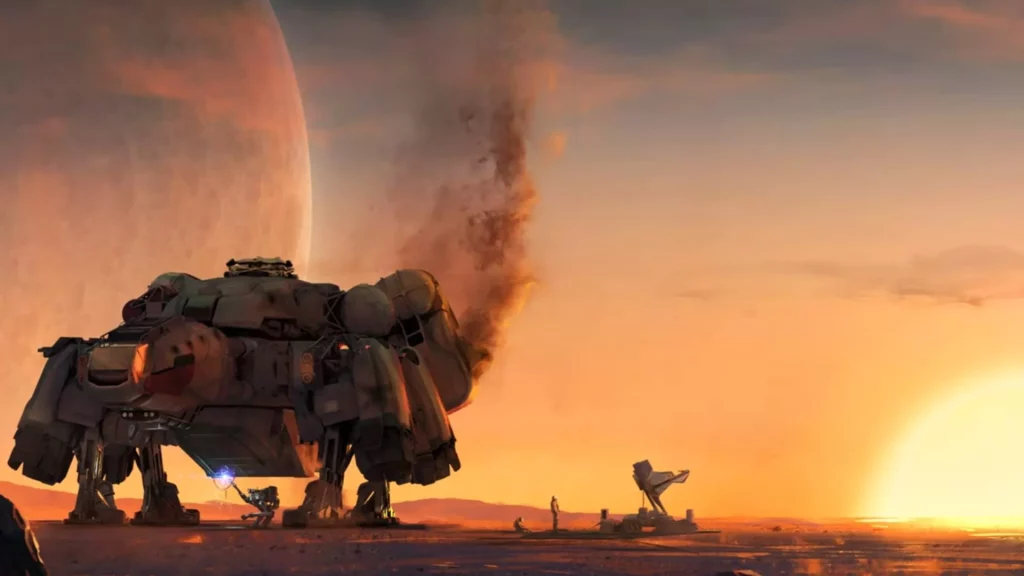Few subjects have captured the attention of humanity quite like the vast realm known as space. The exploration of the cosmos has intrigued people ever since humans set foot on the moon. Over the years, numerous stories about space travel have dominated popular media. Works like Star Trek and Star Wars have amassed legions of devoted followers and achieved remarkable success at the box office.
As we continue our quest to find evidence of extraterrestrial life and other civilizations, the idea of journeying through the galaxy in virtual spaceships has gained significant popularity. Video games such as Mass Effect and No Man’s Sky have taken the lead in allowing players to explore diverse planets. Bethesda’s upcoming RPG, Starfield, is aiming to redefine intergalactic gaming. With a plethora of immersive features and a wide array of discoverable locations, this game could potentially push the boundaries of creative gaming.
Creating an authentic atmosphere for space exploration is a tricky task, particularly when it comes to capturing the right tone and visual design. The Sci-Fi genre has fostered high expectations among its fan base for grand and awe-inspiring experiences. For instance, Mass Effect Andromeda, despite showcasing multiple planets within its virtual universe, received a much colder reception than many had anticipated. The Mass Effect series, known for seamlessly integrating alien elements into its gameplay, also faced challenges.
Anticipation for Starfield surpasses even that of Andromeda, placing Bethesda in the hot seat to deliver a truly exceptional game. However, details regarding the game’s backdrop, settings, and gameplay mechanics have instilled a sense of optimism within the gaming community.
Starfield: Vast Planets, Epic Quests

Bethesda is familiar with crafting vast, open worlds, evident in their flagship franchises like The Elder Scrolls and Fallout. Starfield is receiving a similar treatment, featuring over 1,000 procedurally generated planets scattered across 100 solar systems on its map. This project might be their boldest yet, even when compared to Skyrim’s impressive depth, a title often regarded as their finest.
The anticipation for this space exploration game has been a lengthy one, facing two separate development delays, which isn’t unusual for a game of Starfield’s magnitude. The game’s storyline commences in 2330 within The Settled Systems, as humanity ventures beyond its solar system’s boundaries. These systems, extending 50 light years from our solar system, exist in a portion of the Milky Way Galaxy. Here, two factions—the United Colonies and the Freestar Collective—hold sway.
Beginning in New Atlantis, the capital of the United Colonies, players encounter Constellation, the last group of space explorers led by Sarah Morgan. This organization seeks galactic mysteries and hunts for their purpose through a fragmented alien artifact. The true exploration of Starfield’s diverse planets takes flight when players uncover a relic fragment, prompting a quest to locate more pieces and assemble the device, leading to a journey across various landscapes, as showcased in Xbox presentations.
Starfield: Diverse Planets, Complex Politics

The diverse landscapes and complex political situation create an engaging backdrop for the space RPG, potentially marking a fresh start for Bethesda. Fans have glimpsed three planets so far in the lead-up to Starfield, showcased in Bethesda’s artwork, each boasting a unique terrain for exploration.
The first planet, New Atlantis, echoes a Star Trek vibe, adorned with trees sporting lush green foliage, water passages, and advanced structures. This sophisticated city is home to an affluent population. It embodies a futuristic Sci-Fi aspect with its grandiose design—flying cars and towering skyscrapers define the capital of the United Colonies, resembling a majestic spaceport.
In contrast, their rivals from the Freestar Collective appear more rural, with their capital Akila City characterized by tightly packed, industrial-looking buildings. The city is enclosed by walls to safeguard against attacks from the predatory Ashta, a creature blending traits of a wolf and a velociraptor.
The third major celestial body, Neon, stands as a pleasure city, offering a plethora of captivating sights. Initially conceived as a fishing hub by the Xenofresh Corporation, Neon has transformed into a refined haven for tourists and businesses by 2330. Notably, it houses the headquarters of Ryujin Industries. The planet’s evolution is attributed to a native fish with psychotropic effects, forming the basis for the Aurora self-indulgence drug.
Starfield’s spacecrafts, characterized by a “NASA-punk” aesthetic, prioritize practicality over the sleek futuristic appearance often associated with Sci-Fi. Every available surface serves as storage space. Beyond its visual realm, the game’s political landscape teeters on the brink of chaos, with the central factions in tense aftermath of a civil war.
A multitude of smaller groups, including pirates and religious extremists, scatter across the universe, providing varied gameplay experiences. Following the challenges faced by Fallout 76 and Fallout 4, Bethesda is banking heavily on Starfield, showcasing diverse landscapes—both natural and political—to cater to a wide range of players.
Approximately 10 percent of the planets players can explore in Starfield are believed to harbor alien life, adding an element of excitement to the quest for companionship in the ever-expanding cosmos.
